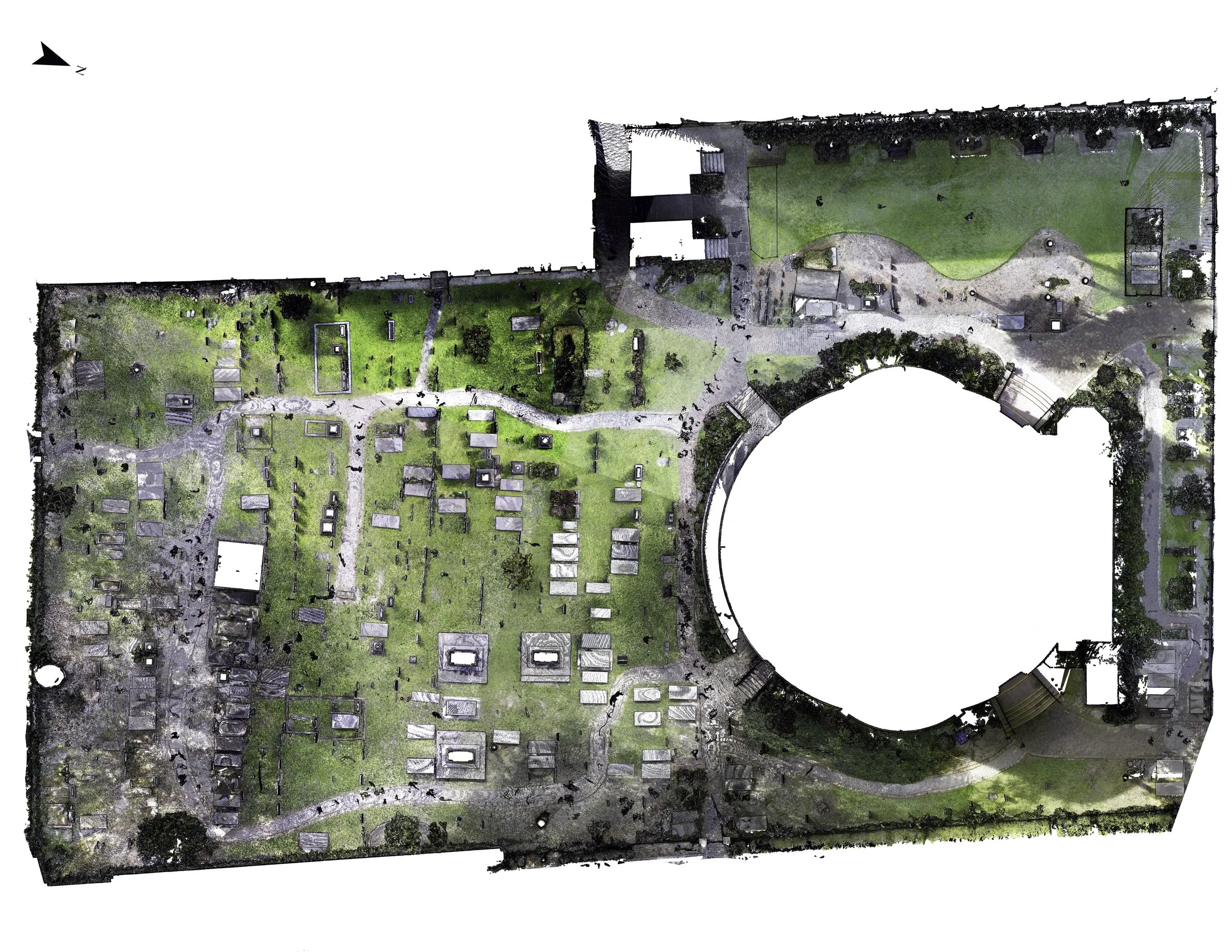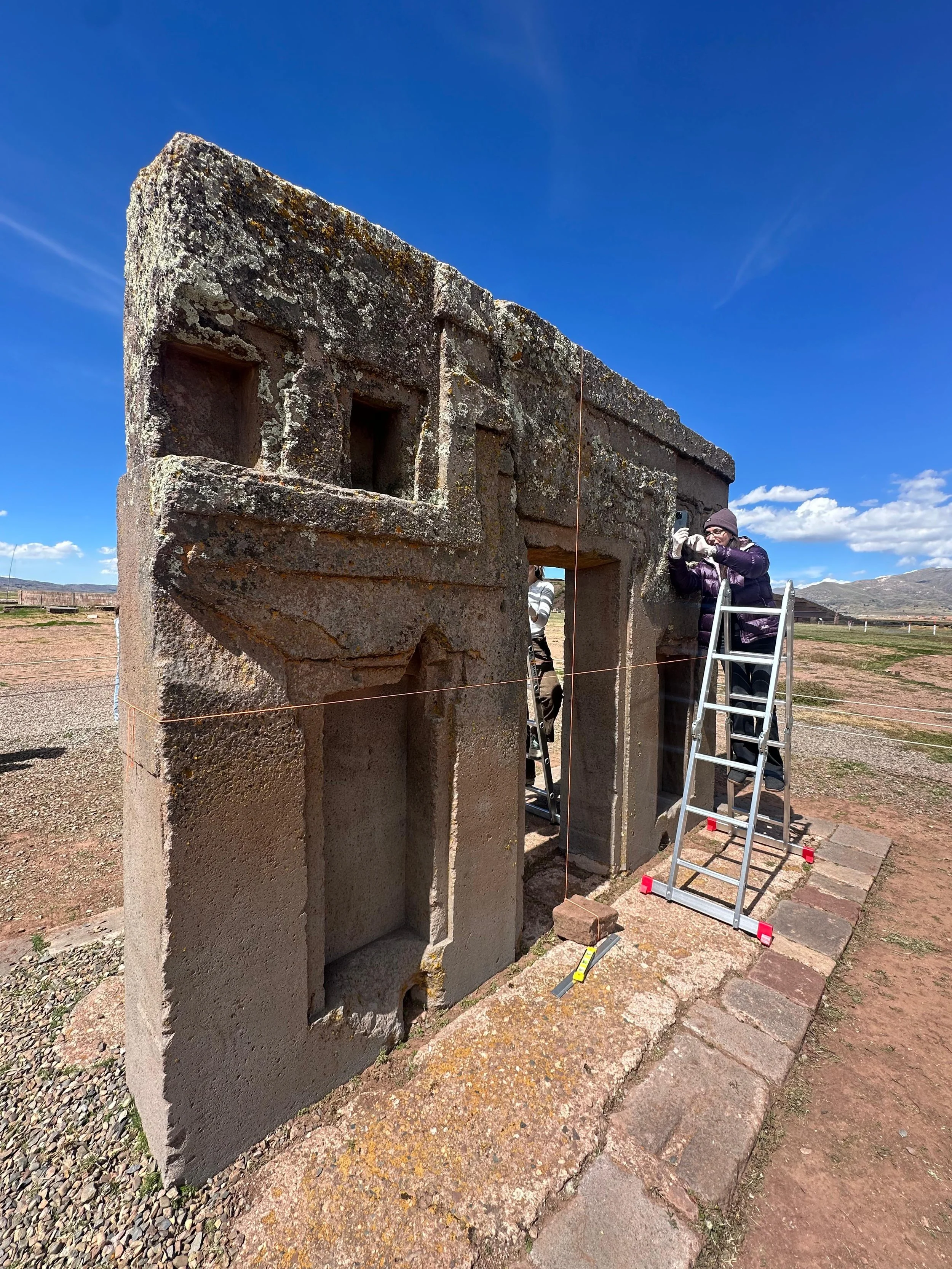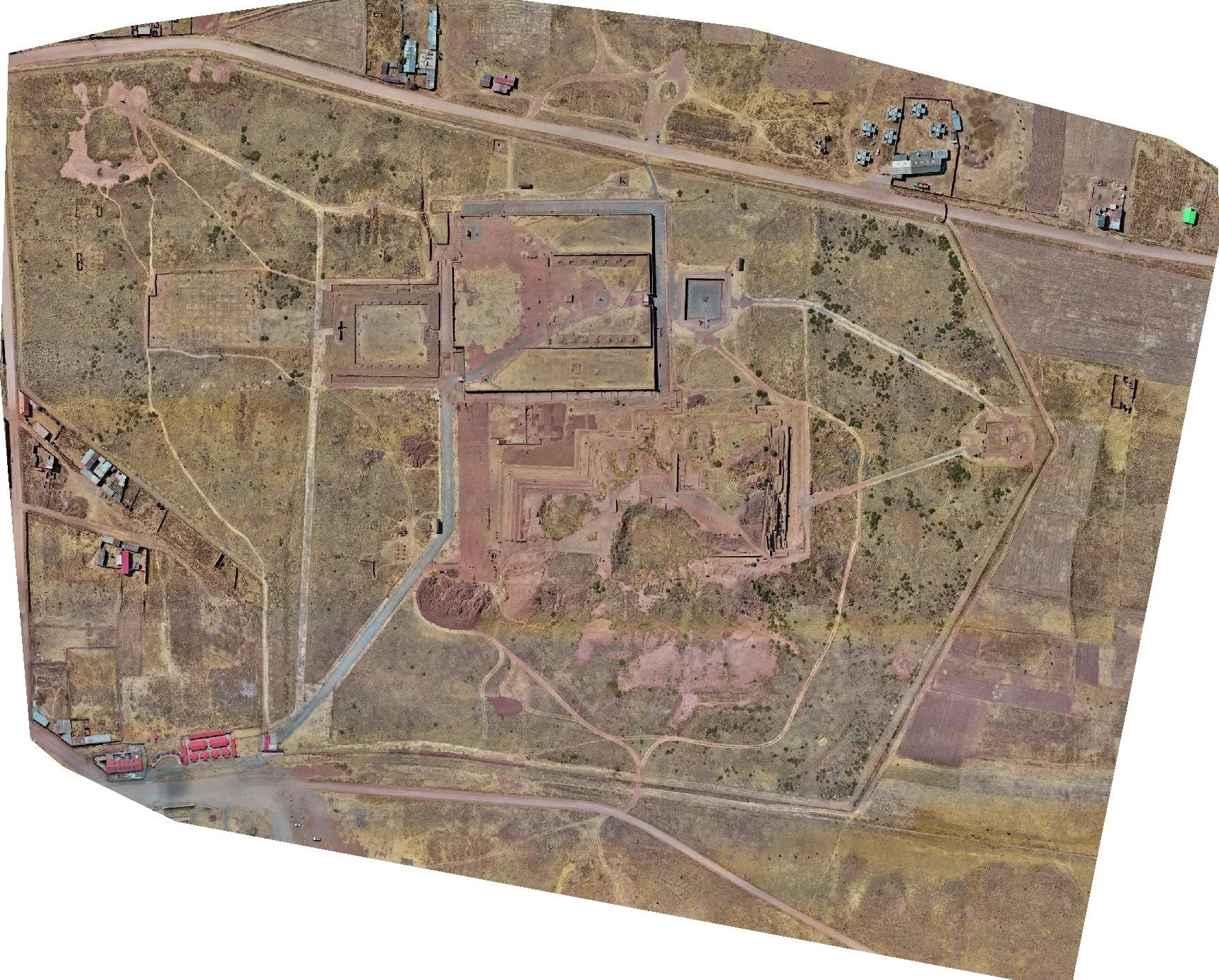In 2012 Simeon Won the Askins Achievement Award a joint award from the Preservation Trade Network and the National Park Service Historic Preservation Training Center The award is given in honor of James S. (Jim) Askins, founder of the HPTC and recognizes contributions over and above the noteworthy. The award criteria includes contributions to the preservation trades for:
the continuance of traditional building skills.
advocacy of training in preservation trades.
practicing a building trade at master level of skill and knowledge.
extraordinary effort given to advancing the awareness of traditional building trade skills and knowledge.
The image shows Moss Rudely, Superintendent of HPTC and Simeon standing in front of the plaque on the walls of HPTC historic office. Simeon now works alongside Moss for the National Park Service, at HPTC NPS sister org National Center for Preservation Technology and Training developing new ways to preserve America’s Cultural Heritage.







